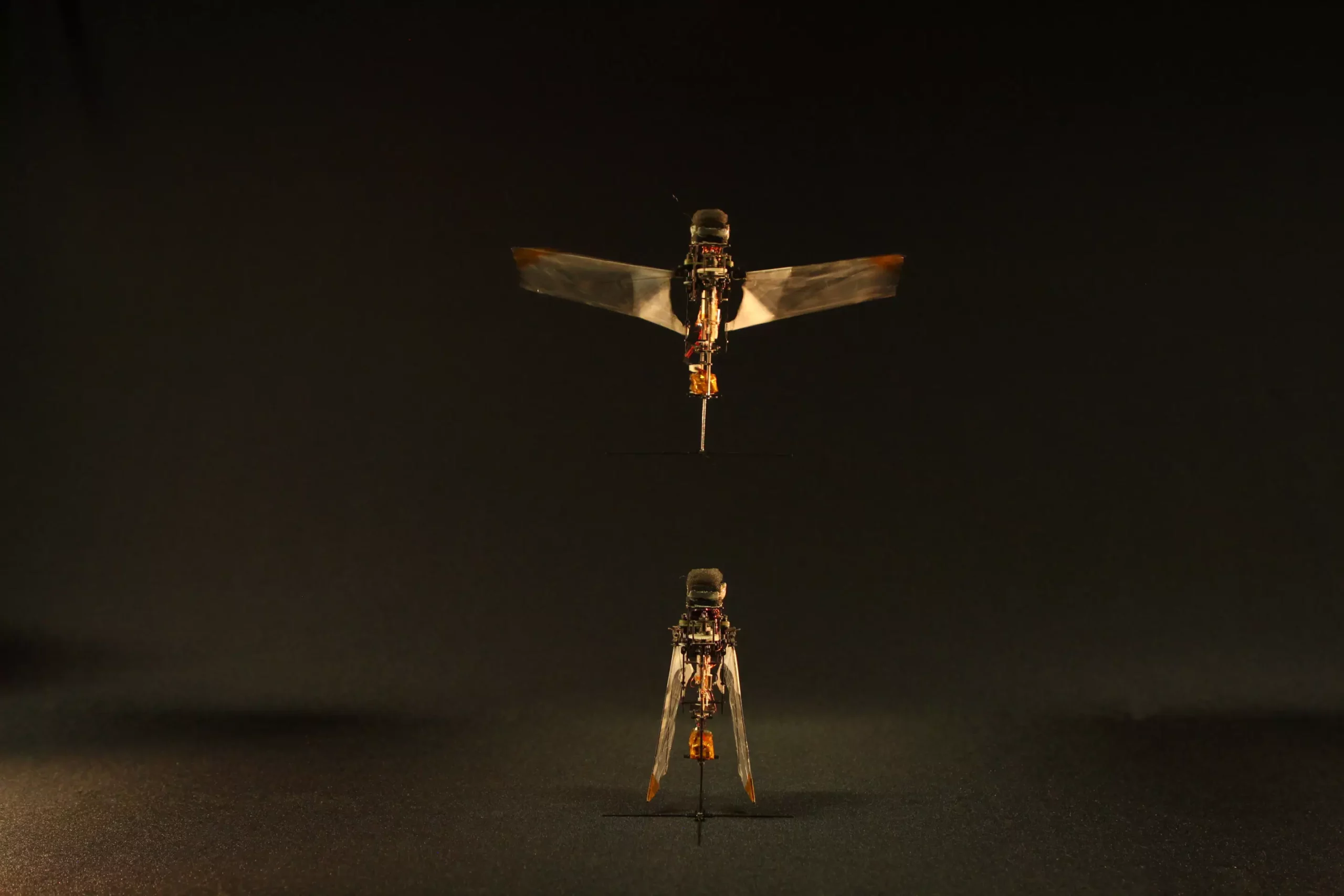The world of flying animals has long served as inspiration for researchers in the field of robotics. Birds and bats, with their powerful pectoral and wing muscles, have been well studied in terms of how they flap their wings. However, the mechanics behind the wing movements of insects, such as rhinoceros beetles, have remained a mystery. Recent research conducted at Ecole Polytechnique Fédérale de Lausanne (EPFL, Switzerland) and Konkuk University (South Korea) aimed to delve into the passive mechanisms used by herbivorous insects to deploy and retract their wings.
The hindwings of beetles have been likened to foldable origami structures, neatly stowed under the elytra while at rest and passively deployed during flight. Past studies have focused on replicating this wing dynamics in robots using origami-like designs, overlooking the movements at the wing base. The lead author of the study, Hoang-Vu Phan, highlighted the shock-absorbing function of rhinoceros beetles’ wings during in-flight collisions and observed the passive nature of wing deployment through the leveraged use of elytra and flapping forces.
Building on their insights from studying rhinoceros beetles, the researchers developed a flapping microrobot that mimicked the passive wing deployment mechanism of the insects. This robot, weighing 18 grams and approximately twice the size of an actual beetle, was designed to passively deploy and retract its wings using elastic tendons at the armpits. By implementing this passive method, the robotic wings could be folded along the body at rest and deployed during flight without the need for additional actuators.
The implications of this research extend beyond robotics and into real-world applications. The flapping microrobot with foldable wings has potential use in search and rescue missions in confined spaces, where its small size and ability to fly into narrow spaces could prove invaluable. Additionally, the robot could assist biologists in studying insect flight biomechanics and even be used as a tool for engineering research or educational purposes.
The study of passive wing deployment mechanisms in insects like rhinoceros beetles has opened up new avenues for robotics and engineering. By mimicking nature’s design, researchers have developed a flapping microrobot that showcases the efficiency and versatility of passive wing deployment. The potential applications of such technology are vast, ranging from search and rescue missions to educational tools. As research in this field progresses, further advancements and discoveries are sure to follow.


Leave a Reply
You must be logged in to post a comment.